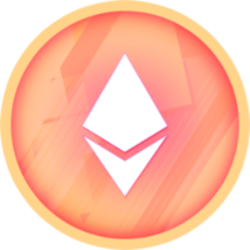Their result shows the importance of not taking anything for granted, said Noga Alon, a mathematician at Princeton. “We have to be suspicious, even about things that intuitively look very likely to be true.”
Gladkov, Pak, and Zimin found many small-graph examples that satisfied the conjecture, but in the end, those did not reflect the more complicated, less intuitive graphs they could build when given enough vertices and edges.
As Hollom put it, “Do we actually understand all this stuff as well as we think we do?”
Mathematicians still believe the physics statement about connected locations within solids that inspired the bunkbed conjecture. But they’ll need to find a different way to prove it.
In the meantime, Pak says, it’s clear that mathematicians need to engage in a more active discussion about the nature of mathematical proof. He and his colleagues ultimately didn’t have to rely on controversial computational methods; they were able to disprove the conjecture with total certainty. But as computer- and AI-based lines of attack become more common in mathematics research, some mathematicians are debating whether the field’s norms will eventually have to change. “It’s a philosophical question,” Alon said. “How do we view proofs that are only true with high probability?”
“I think the future of mathematics will be to accept probabilistic proofs like this,” said Doron Zeilberger, a mathematician at Rutgers University who is known for crediting his computer as a coauthor on many of his papers. “In 50 years, or maybe less, people will have a new attitude.”
Others wonder if such a future threatens something vital. “Maybe a probabilistic proof would give you less understanding or intuition of what’s really going on,” Alon said.
Pak has suggested that separate journals be created for results of this kind as they become more common, so that their value isn’t lost to mathematicians. But his main goal is to open the conversation. “There’s no correct answer,” he said. “I want the community to meditate on whether the next result of this kind will count.” As technology continues to infiltrate and transform mathematics, the question will only become more pressing.
Original story reprinted with permission from Quanta Magazine, an editorially independent publication of the Simons Foundation whose mission is to enhance public understanding of science by covering research developments and trends in mathematics and the physical and life sciences.































